The miracle of the Seven Sleepers of Ephesus, and the Ruins of the Temple of Artemis, Turkey
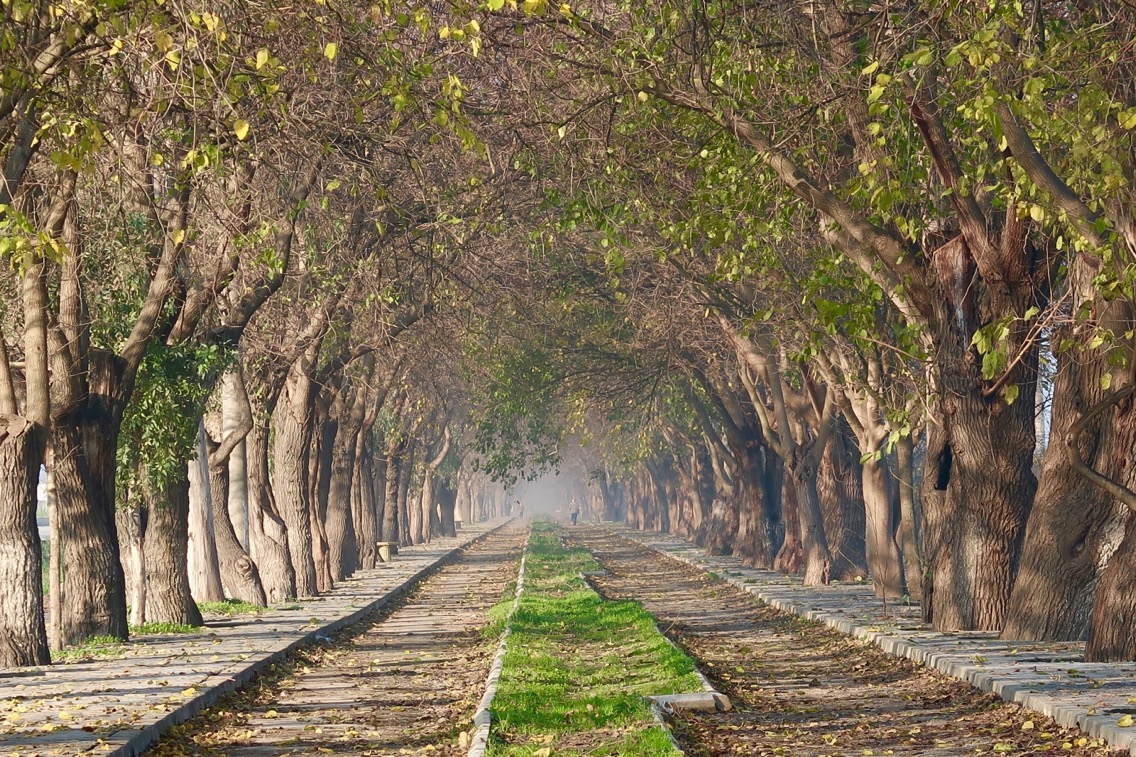

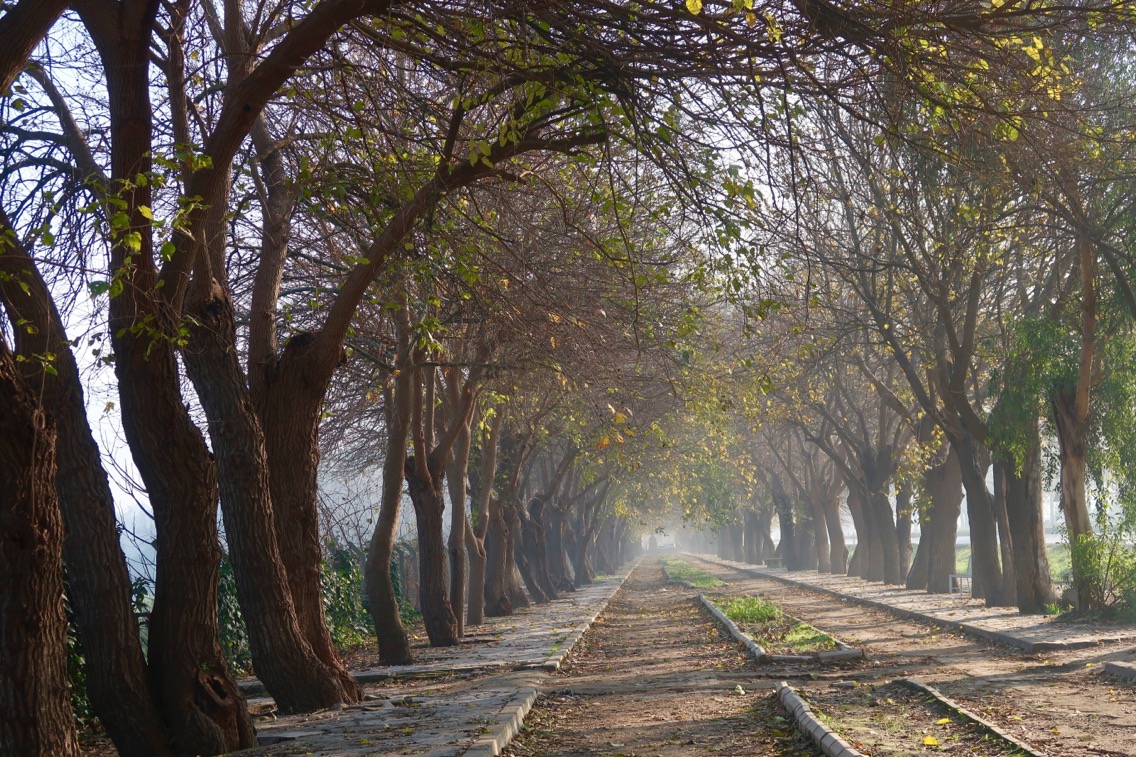

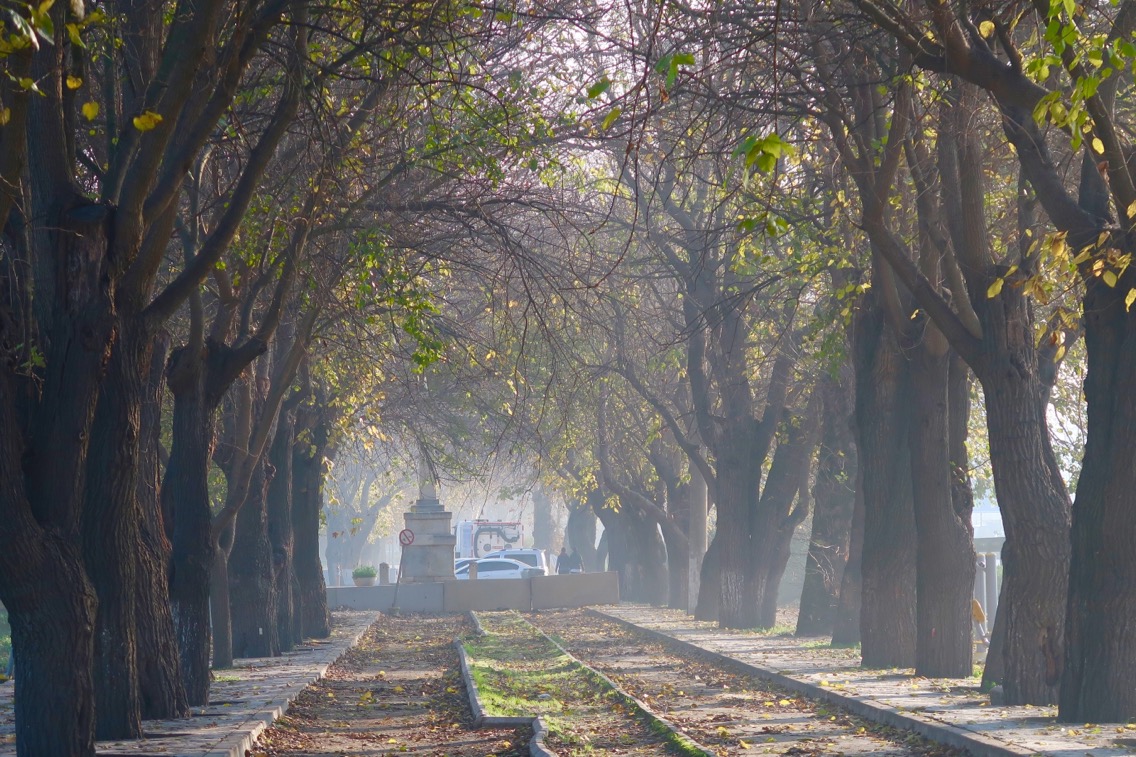
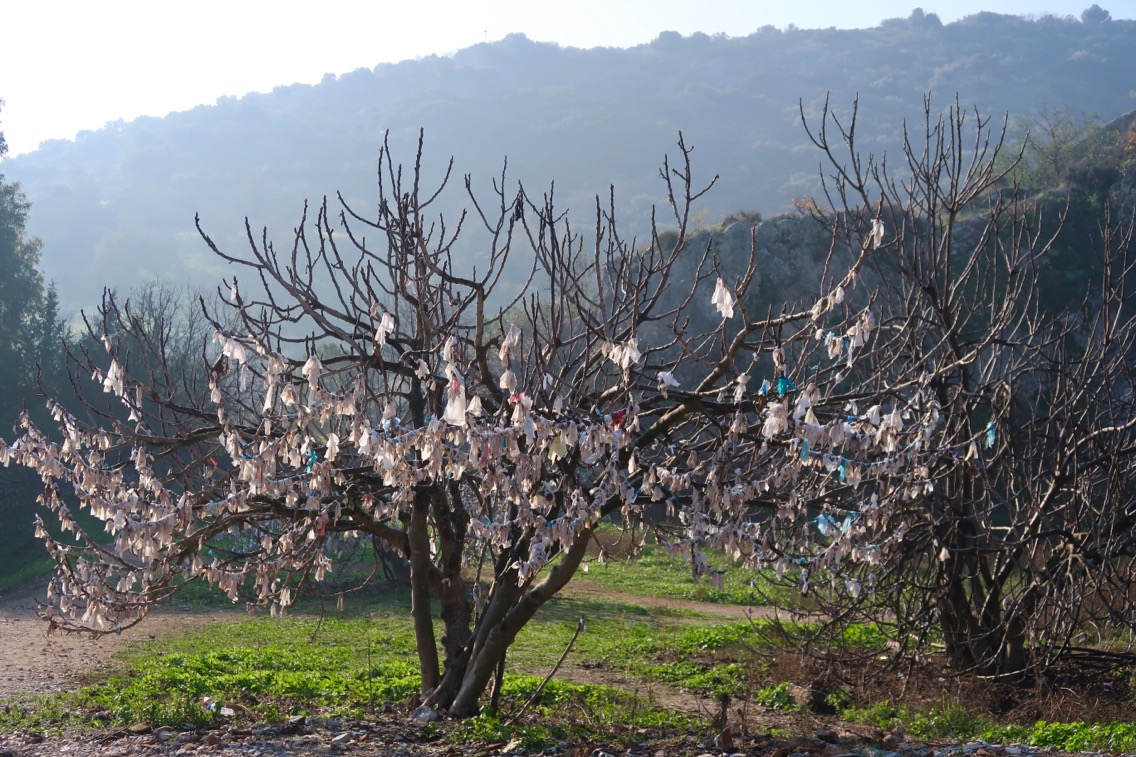
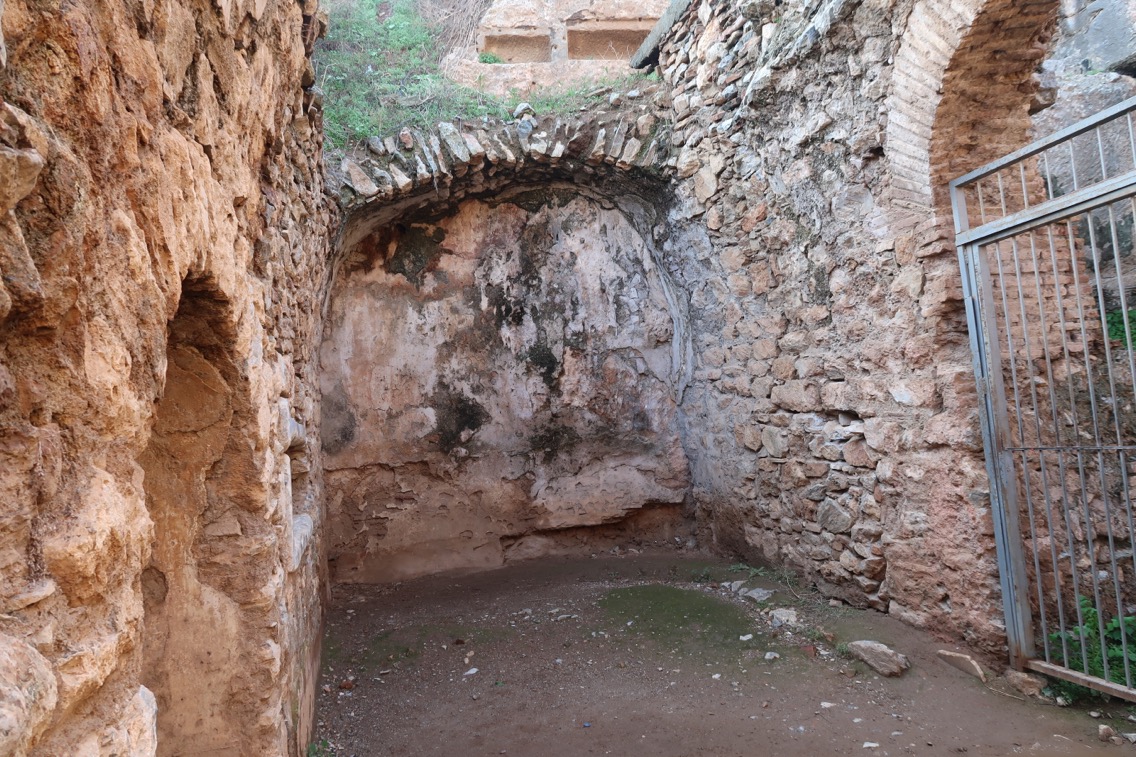
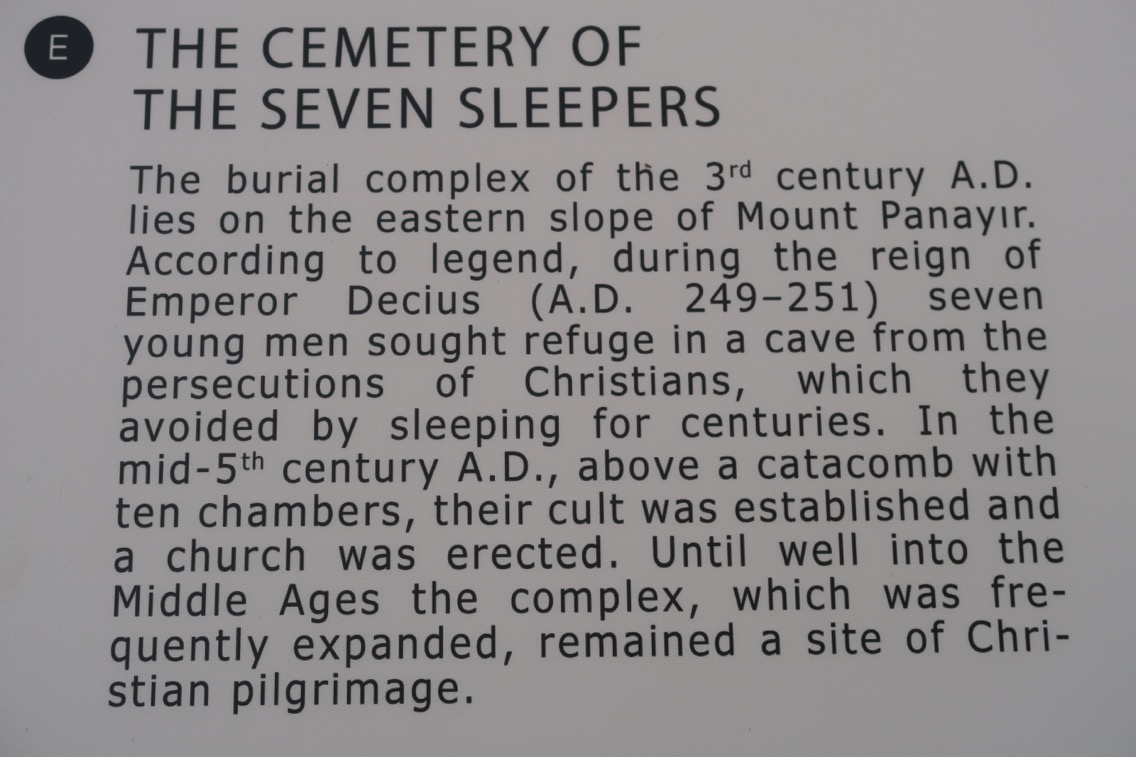
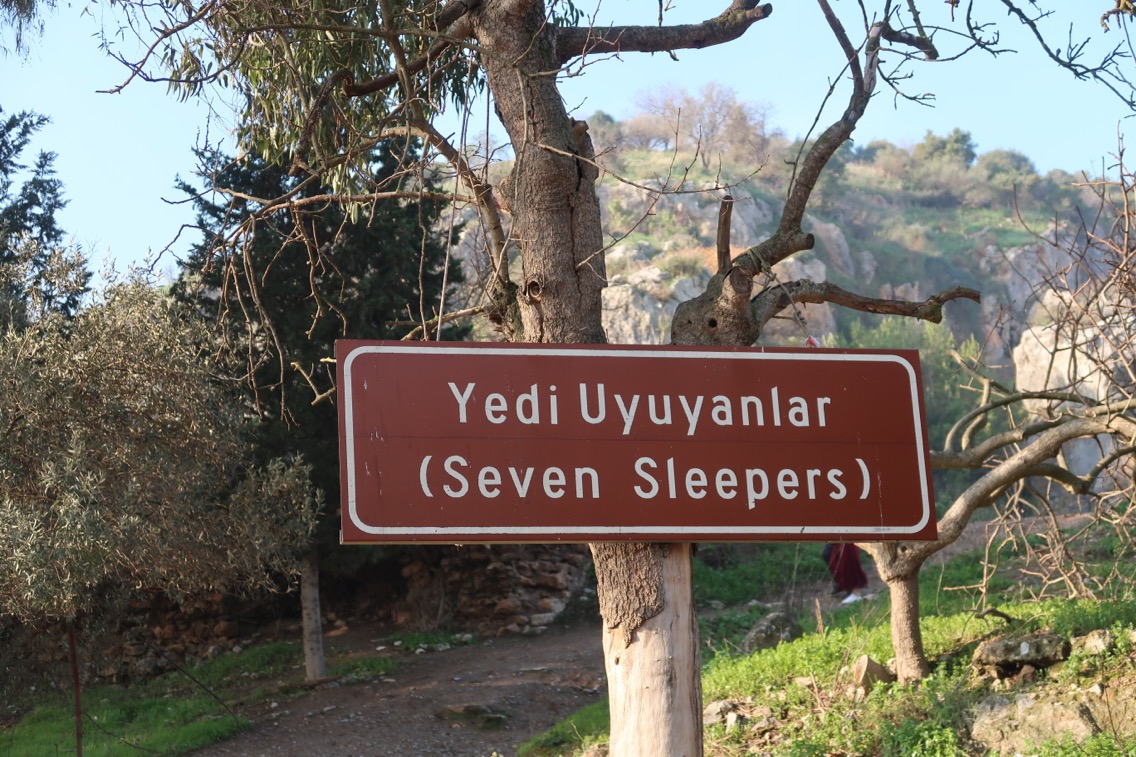

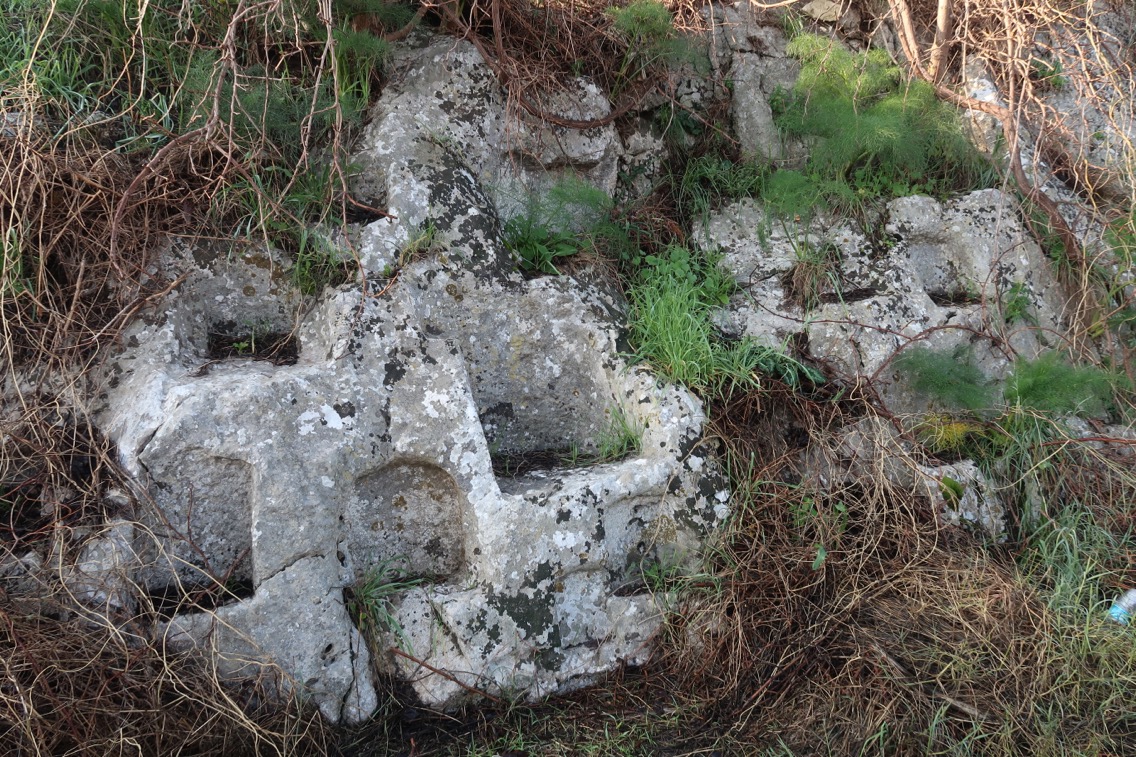
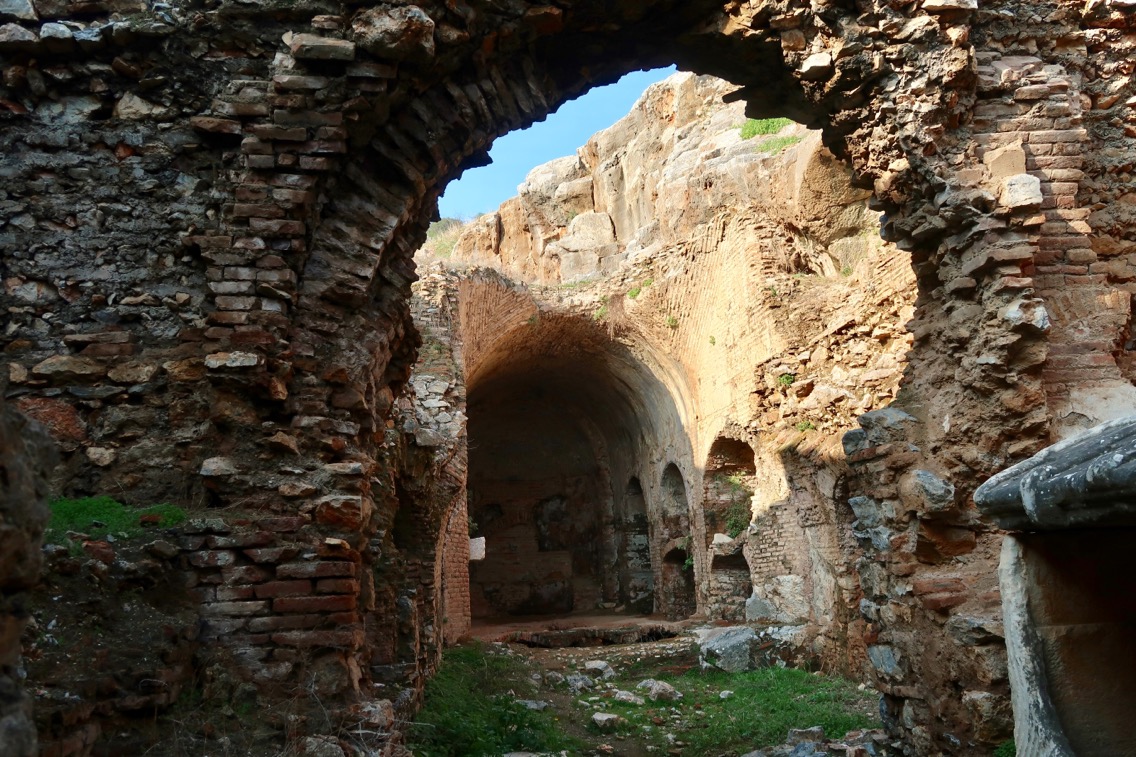
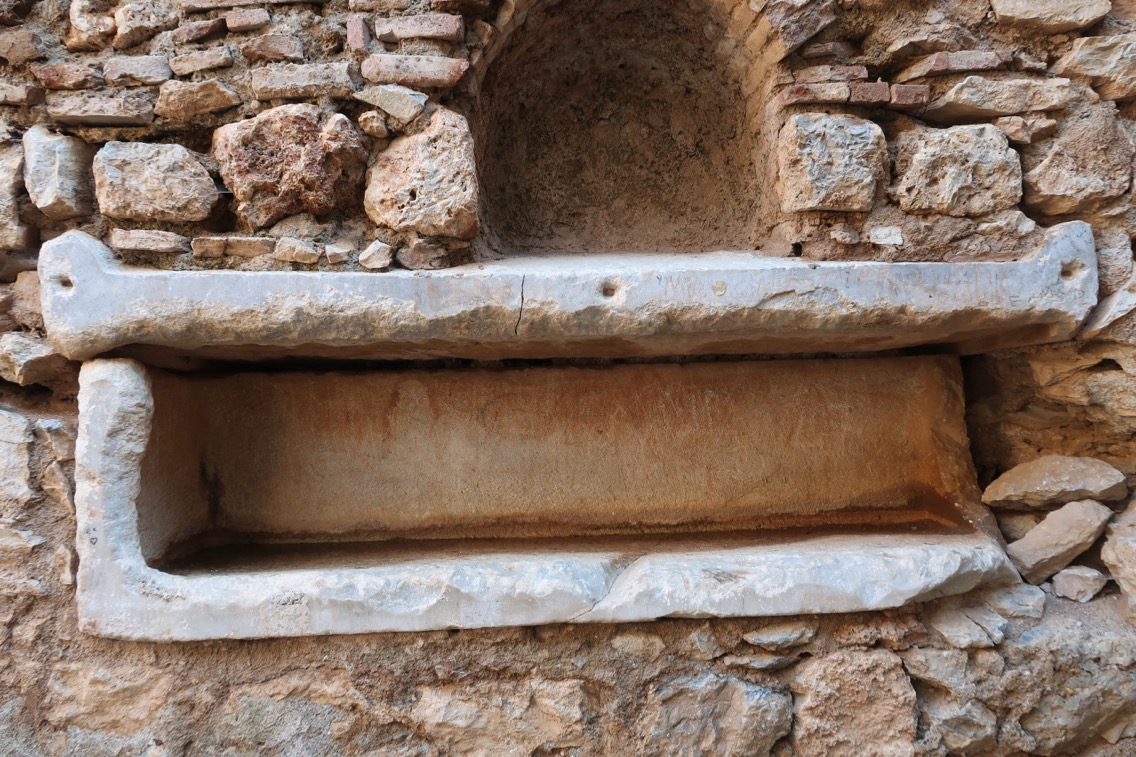
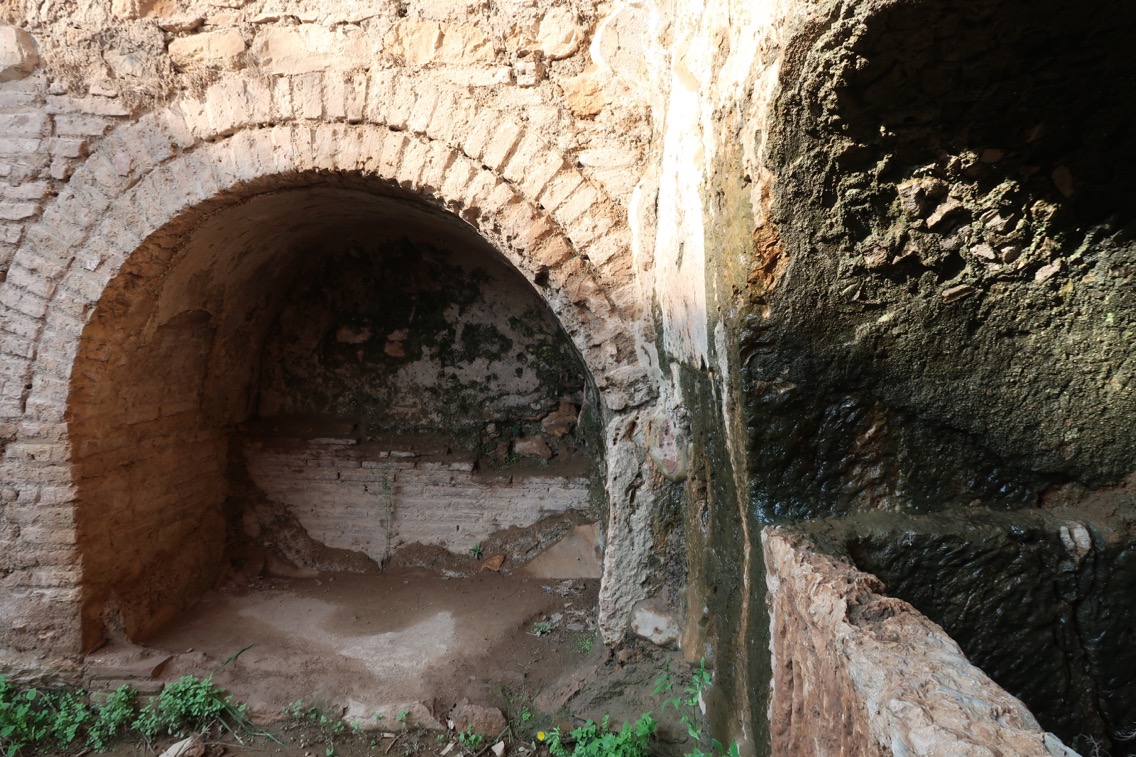
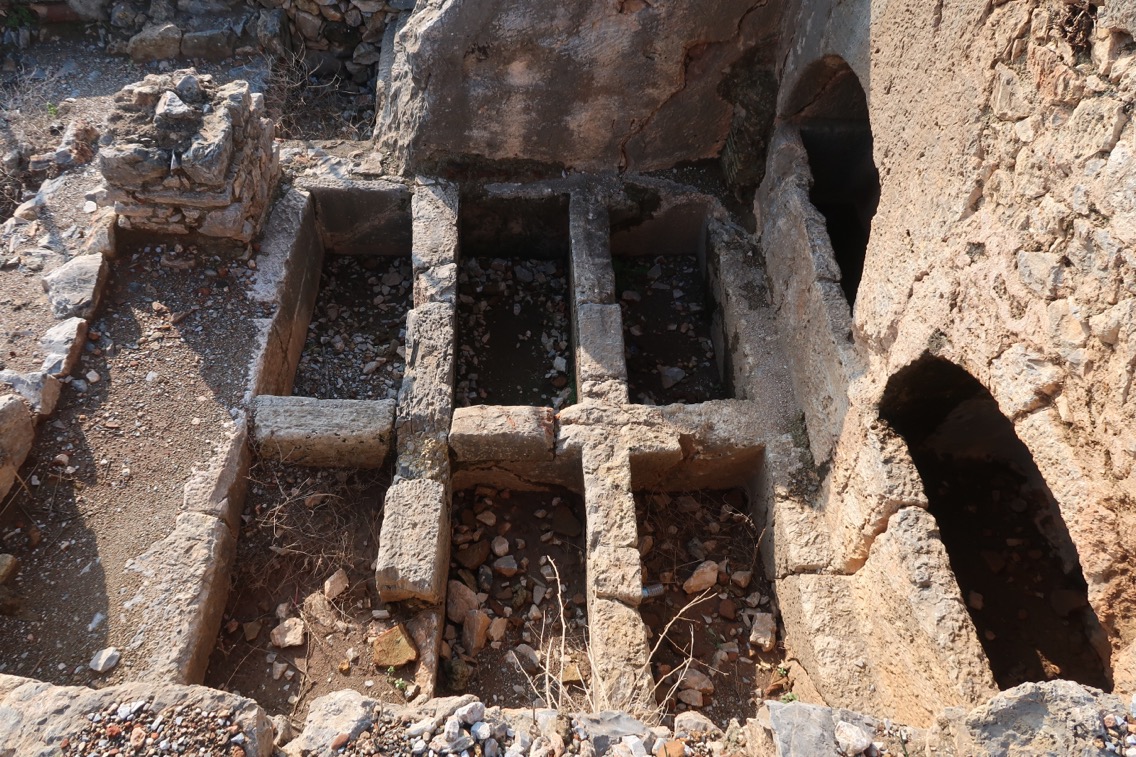
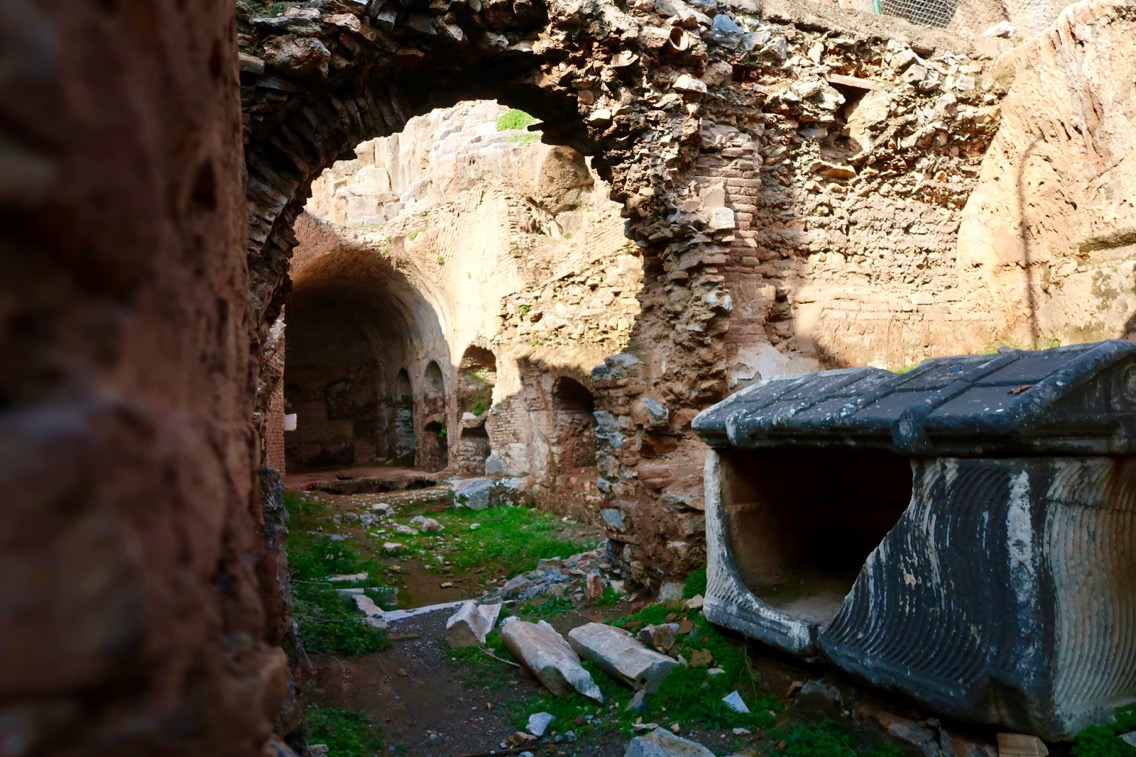
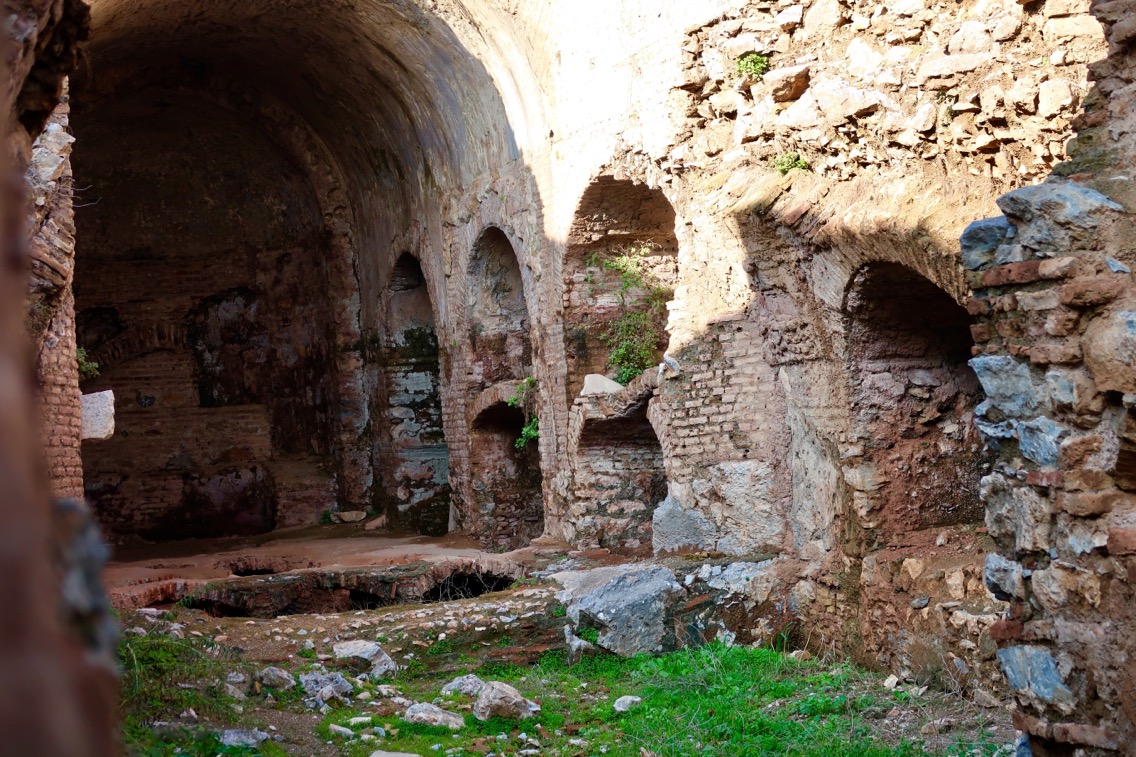
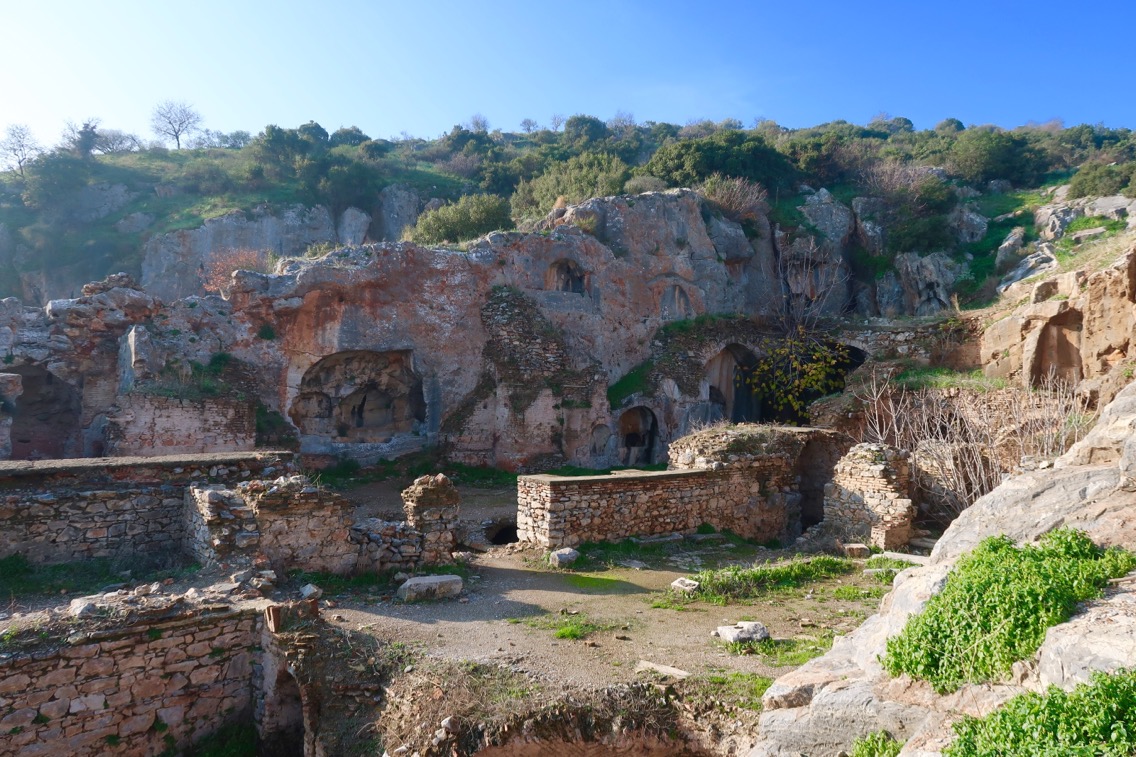
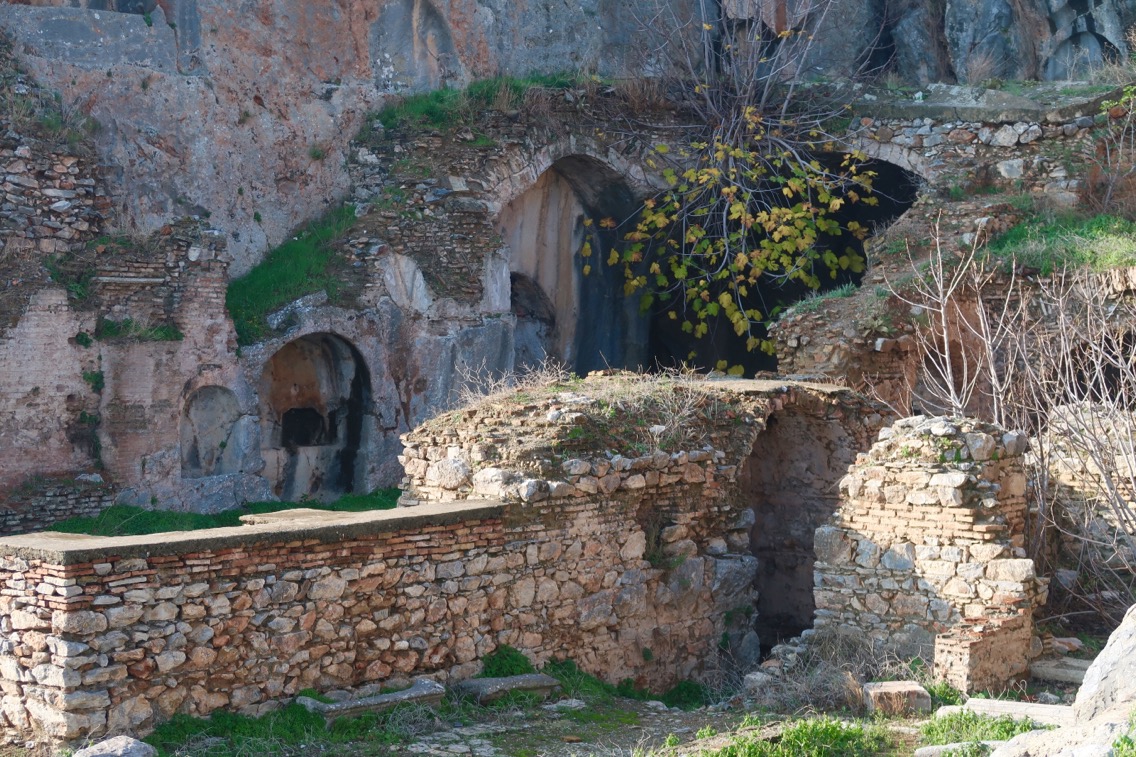
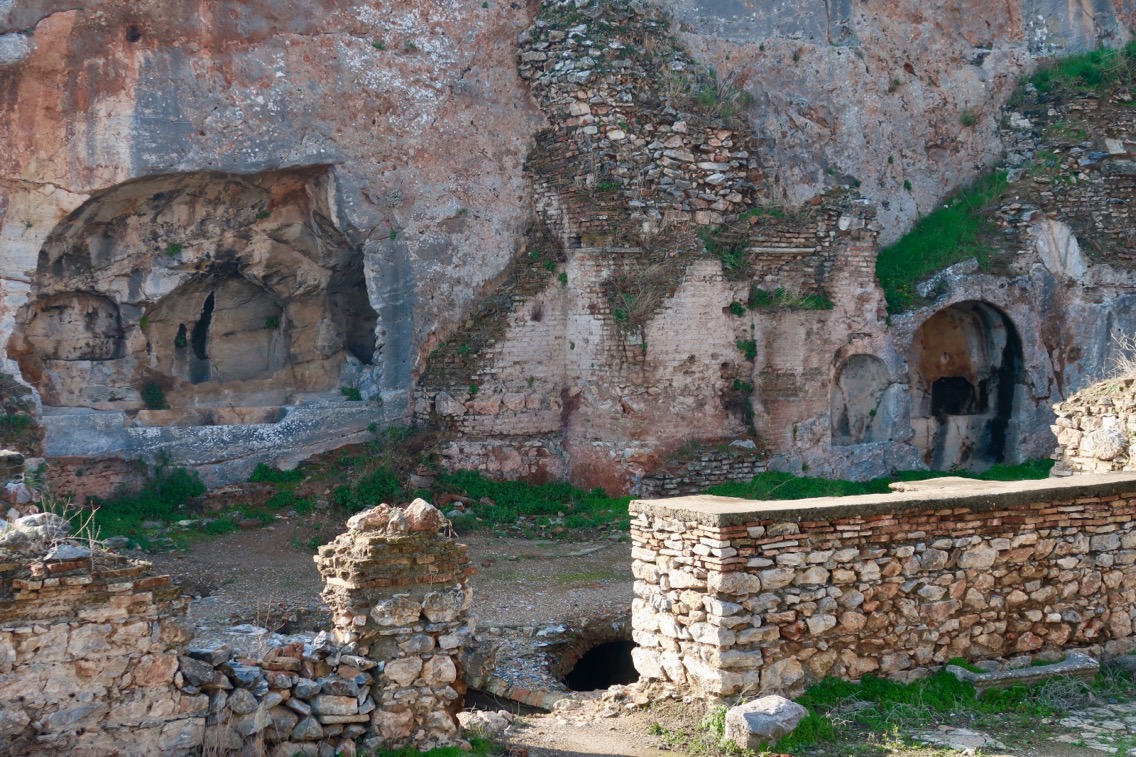
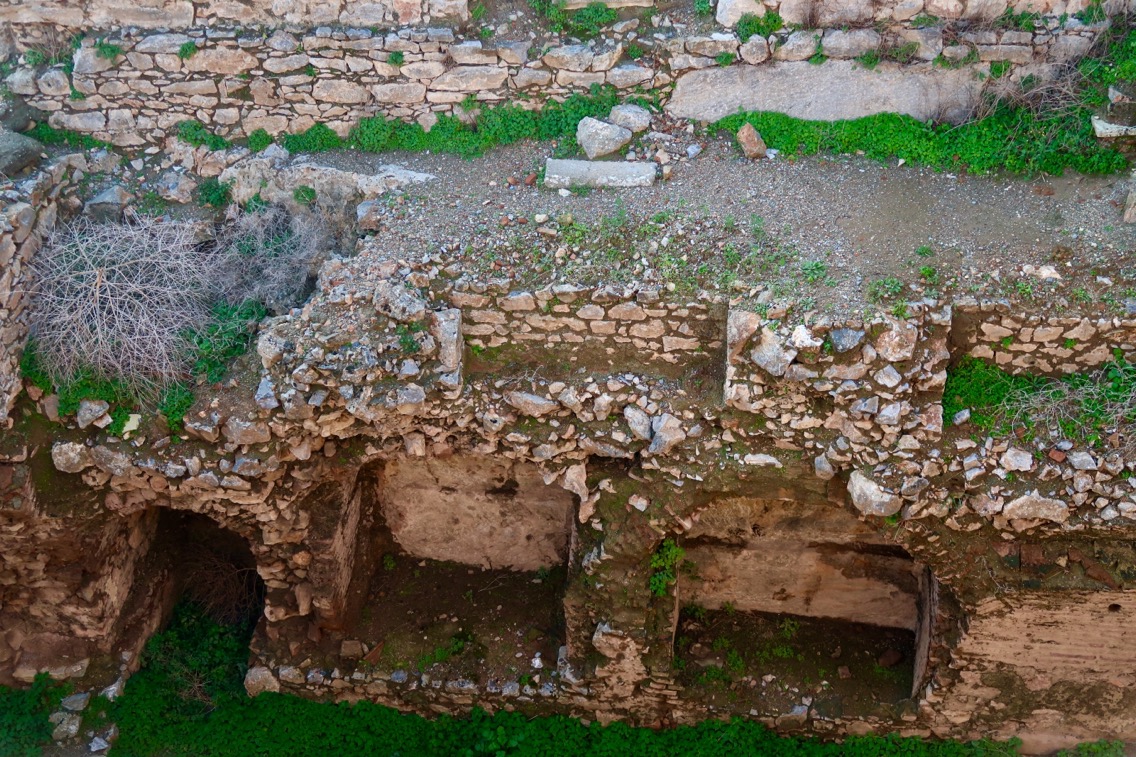
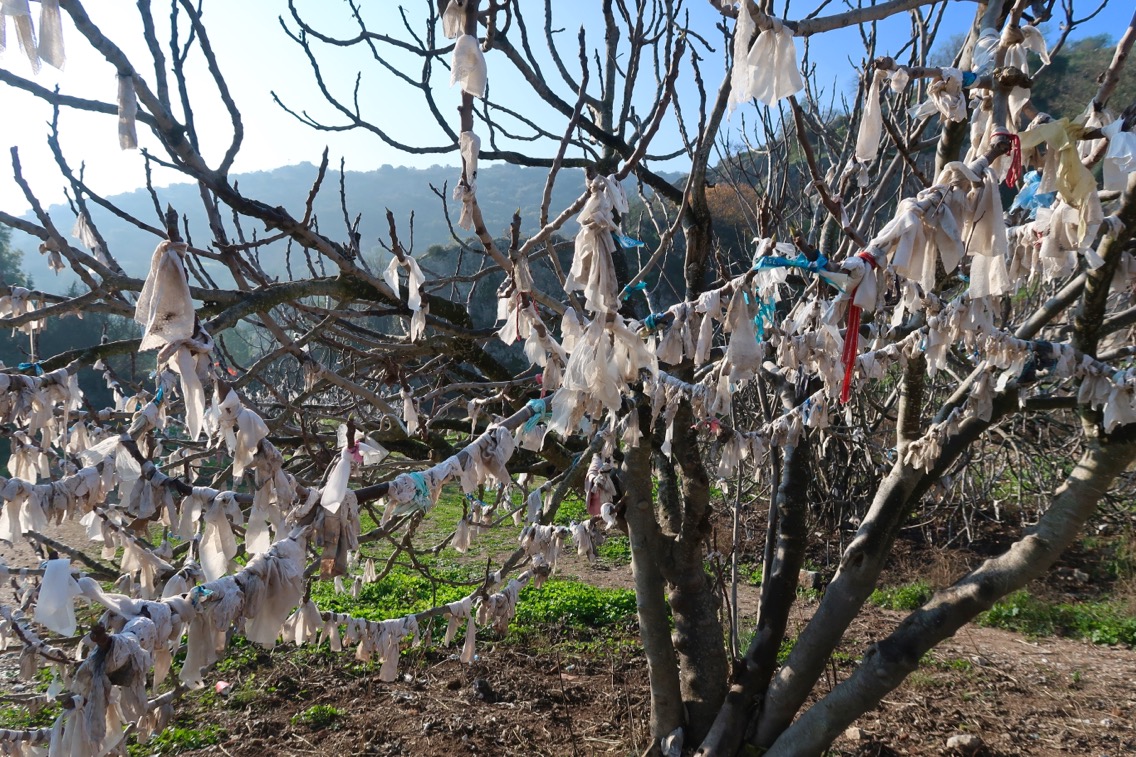
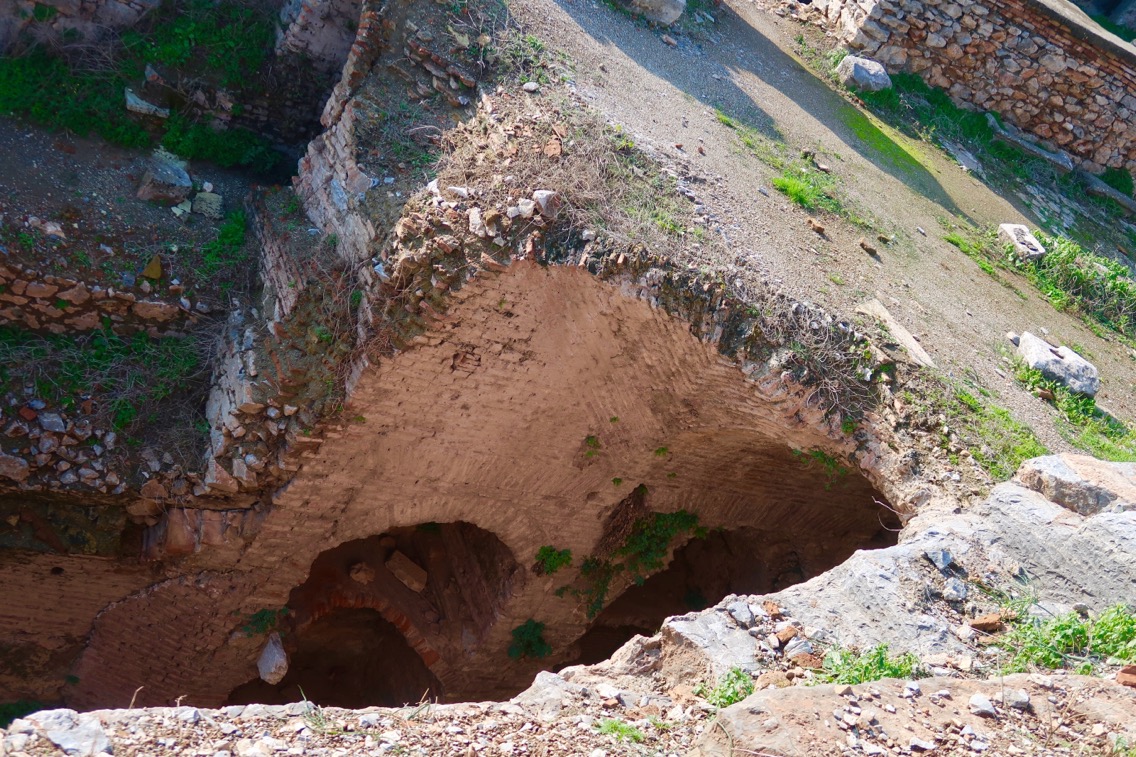
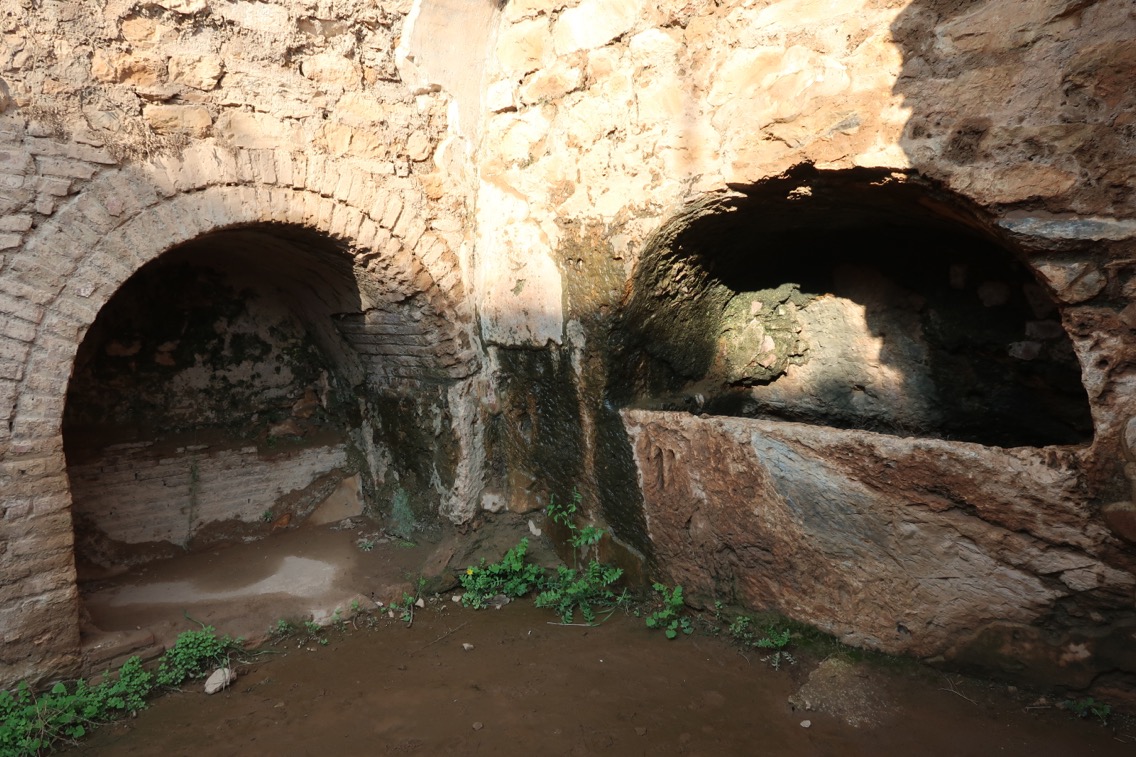
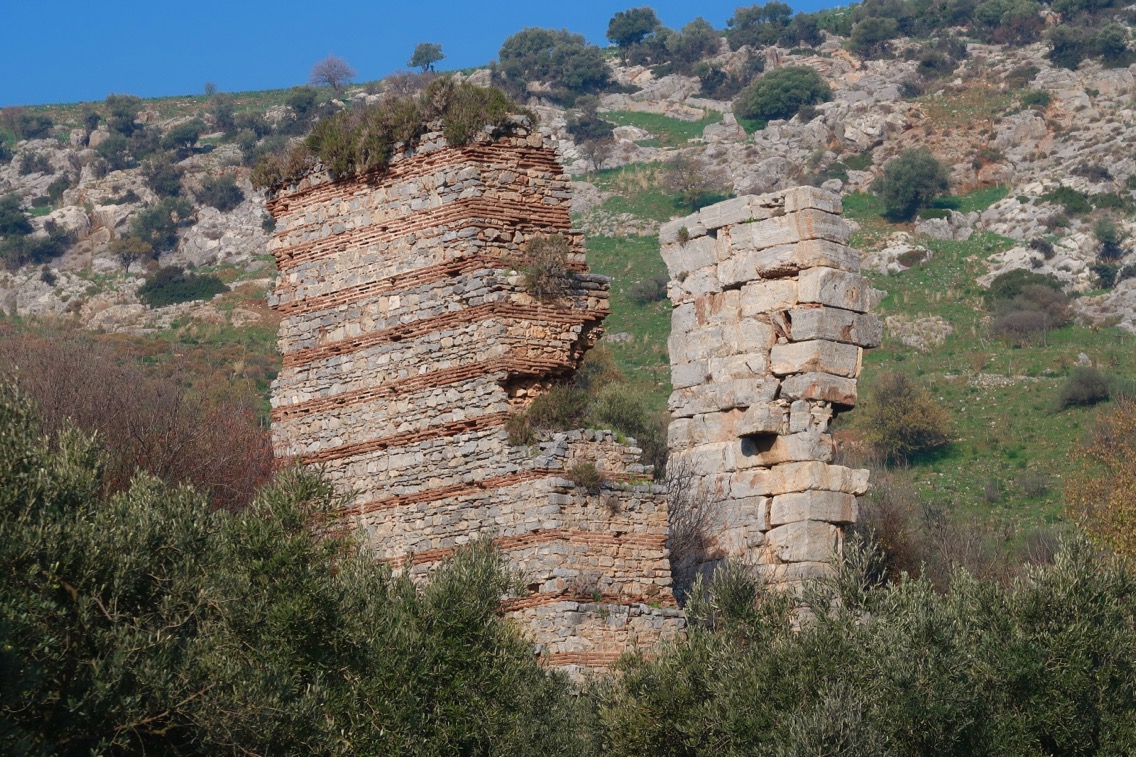
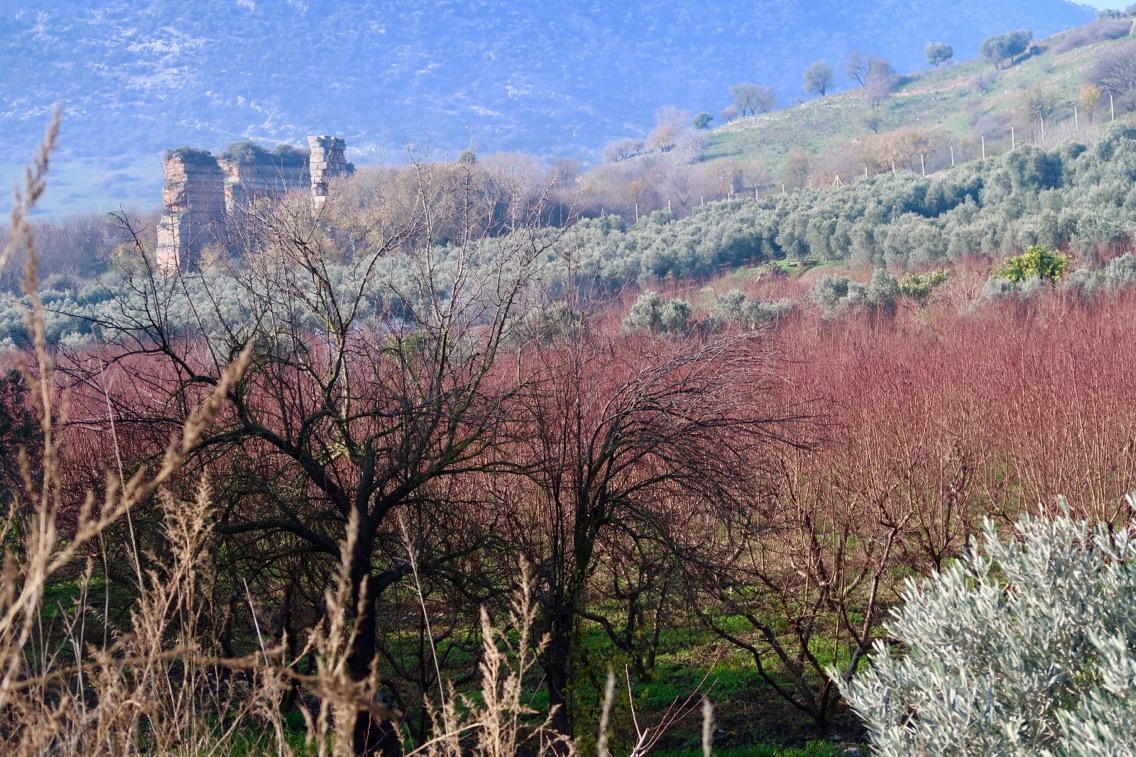

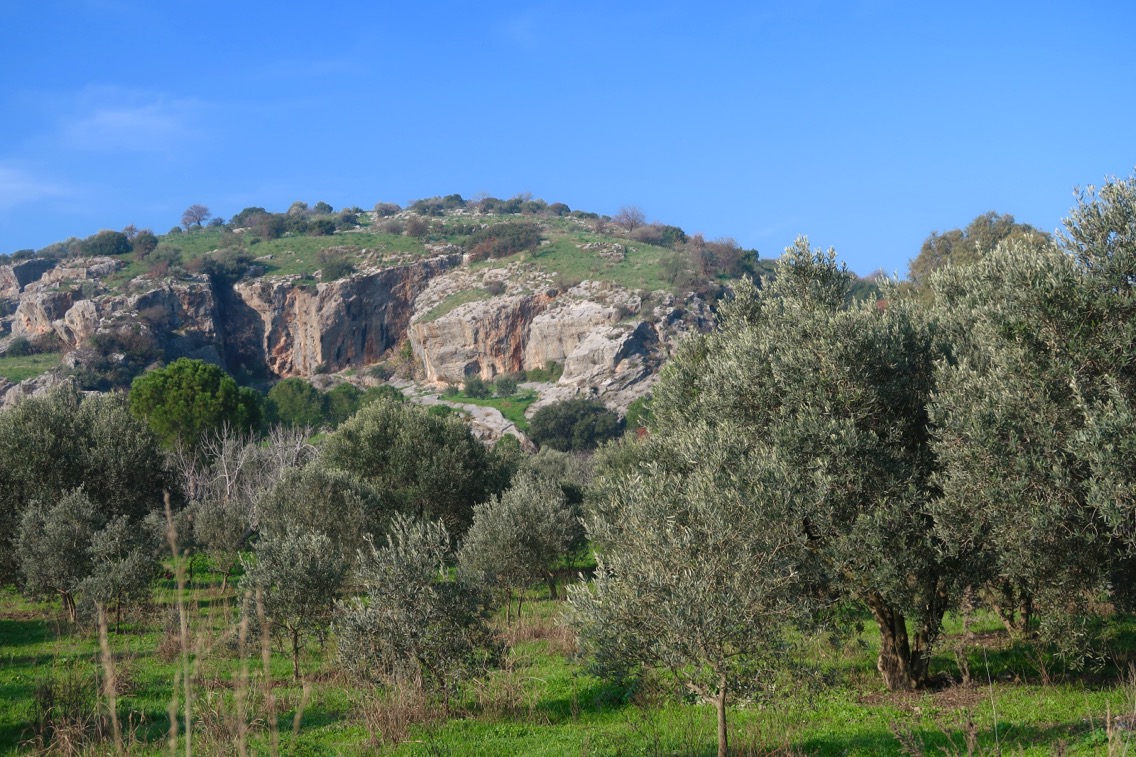
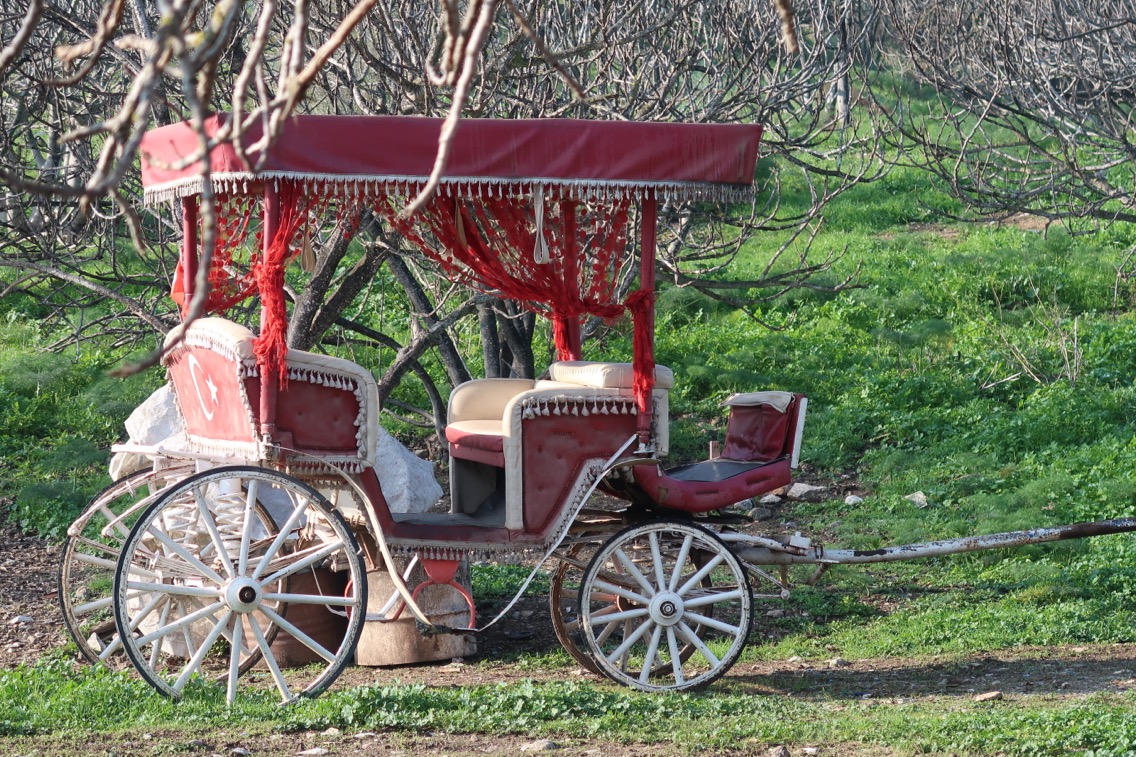

The Temple of Artemis:
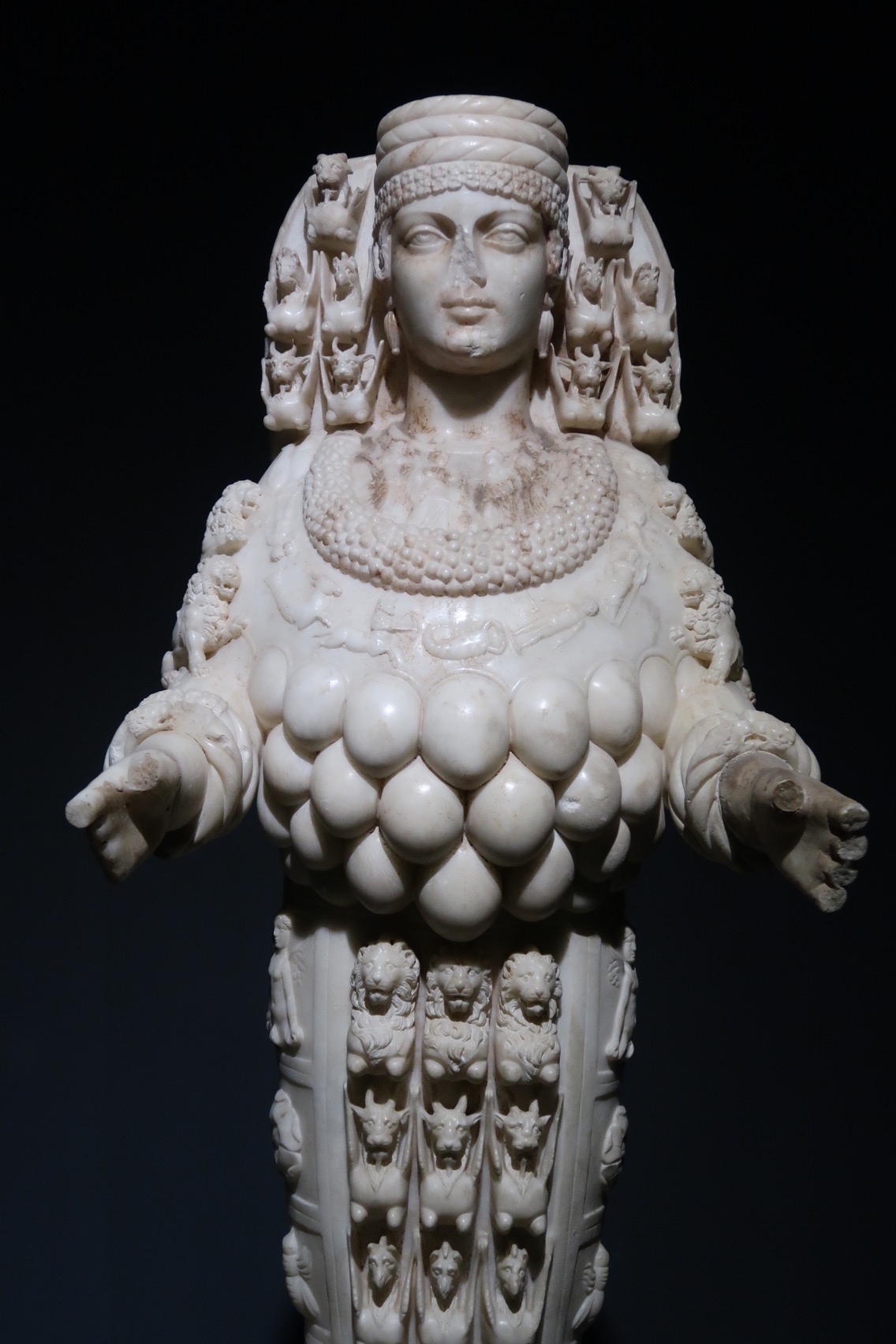
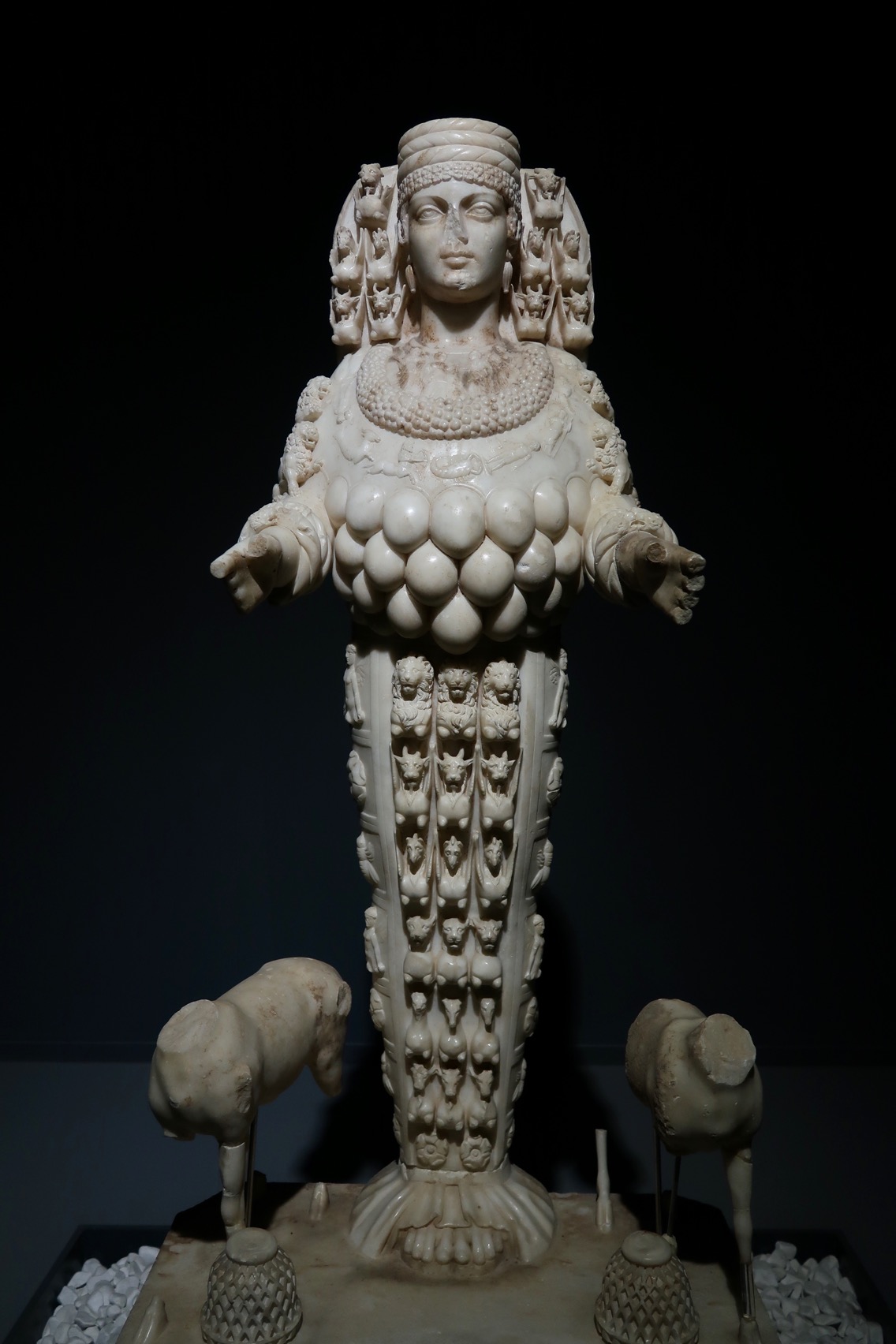
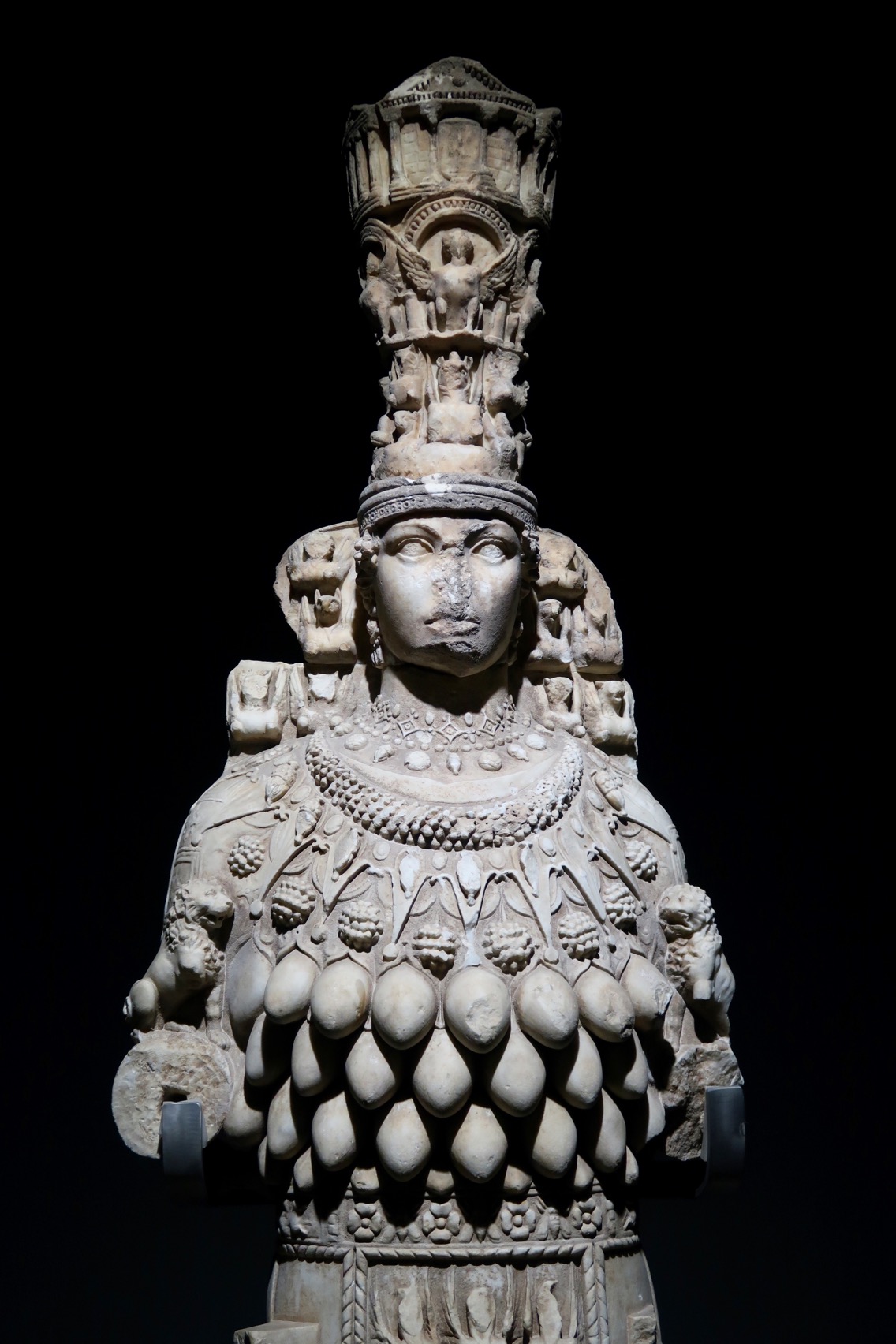

The way the Artemis temple used to look. Now only one column is standing.
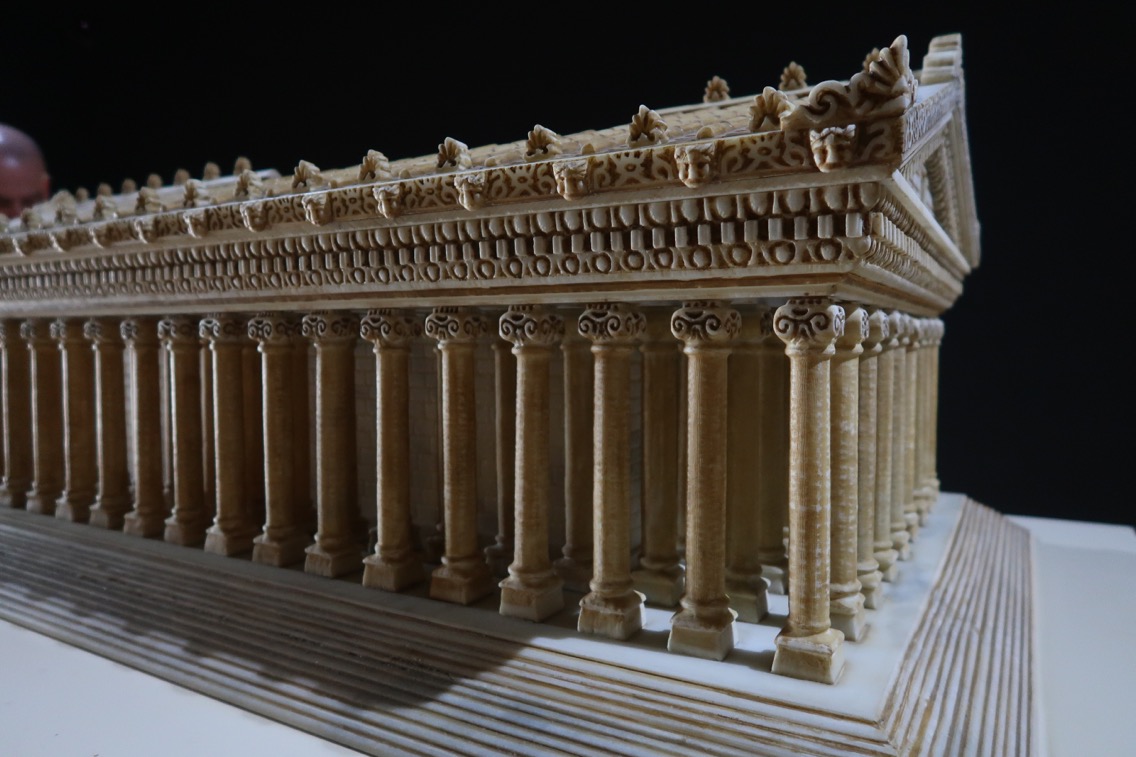
 The miracle of the Seven Sleepers of Ephesus, and the Ruins of the Temple of Artemis, Turkey
The miracle of the Seven Sleepers of Ephesus, and the Ruins of the Temple of Artemis, TurkeyI would like to tell you an amazing story that I discovered today, while visiting Ephesus.
We are staying in the city of Selçuk, only about three kilometers from the ruins of the once majestic ancient city of Ephesus.
It was a brilliant sunny day, and we decided to walk to Ephesus.
The foot path from the city is lined with beautiful old trees on both sides, all planted by one man in the 1930’s.
Our first stop was the site of the Temple of Artemis.
Once it was one of the Seven Wonders of the Ancient World in Asia Minor.
Its architecture, with a double row of more than one hundred tall marble columns, was a marvel to behold.
Today, only a single column is still standing, and the rest of the temple is in ruins and beyond repair, the victim of numerous earthquakes and wars.
The glorious statues of the goddess Artemis were salvaged, and now stand in the Ephesus Museum in Selćuk.
Two shifty looking men walked around the once glorious temple site.
One was offering us old Roman coins to buy, and the other walked around us with a handful of postcards, chanting the endless mantra:
“Postcards, postcards, postcards, postcards, postcards, postcards, postcards, cheap, cheap, cheap, postcards, postcards, postcards, cheap, cheap, postcards, postcards, postcards.....”
He continue his mantra until we were out of sight.
From there, we entered a footpath through a grove of ripe oranges, being harvested by hand by local families.
Then we joined the rural road and walked to the cave of the Seven Sleeping Saints, in the mountains.
This story is amazing.
It is the story of seven young Christian men, who lived in Ephesus in the 3rd century AD.
Their names were Maximilian, Iamblicus, Martinian, John, Dionysius, Exacustodianus (Constantine) and Antoninus,.
They were friends since childhood, and were in military service together.
When the Roman emperor Decius (249 AD-251 AD) arrived in Ephesus, he was determined to continue his systematic persecution of all Christians living in the area.
The seven young men were known to be Christians, and were summoned to reply to the charges.
Appearing before the emperor, the young men confessed their faith.
Their military belts and insignia were quickly taken away.
Decius permitted them to go free, hoping that they would change their minds while he was off on a military campaign.
The youths fled from the city and hid in a cave in the mountains, on the outskirts of Ephesus.
We now stood looking at this large cave.
It has changed throughout the years, but its form was clearly visible from above.
We climbed on top of the cave into the mountain, with the encouragement of a sweet local man, who pointed things out for us and offered explanations.
He pointed to the distant Citadel and the Basilica of Saint John, located up on the hill of Selçuk that we had visited the day before.
The seven young men were hiding in the cave, passing their time in meditation and prayer, preparing themselves for the possibility of dying for their faith.
The youngest of them, Iamblicus, dressed in rags and went into the city to buy bread.
On one of his excursions into the city, he heard that the Emperor had returned and was looking for them.
The Emperor had heard that the seven men were hiding in a cave, and he ordered the entrance of the cave to be sealed, hoping that the young men would perish from starvation.
Two of the men who were sent to block the entrance to the cave were secretly Christians.
To preserve the memory of these young men, they placed in the cave two metal plaques in a sealed container, inscribed with the names of the seven youths and the details of their story and deaths.
And that was that.
The town of Ephesus continued its daily affairs.
Rulers came and went, people harvested olives and pressed them into oil, baked their bread daily and met in the communal hot baths.
It was believed that the seven young men were long dead and gone, their memory forgotten.
Almost two hundred years later, the persecution of Christians in the land had stopped.
It was now the reign of the emperor Theodosius II, who lived and ruled the land in 408 AD-450 AD.
The owner of the land on which the cave was situated ordered his workers to open up the entrance to the cave.
Instead of seven dead and decayed bodies, the seven young men woke up from their long sleep one by one.
When they awoke, they were dazzled and completely unaware that almost two hundred years had passed.
Their bodies were youthful and healthy, and even their clothing was completely undecayed.
Iamblicus was sent to buy bread for them in the city.
Entering the city, he was astonished to see a cross on the city gates.
When he paid for the bread, Iamblicus gave the merchant coins with the image of the emperor Decius on them.
He was detained, as someone who might be dealing in or concealing old money.
They took him to the city administrator, who also happened to be the Bishop of Ephesus.
Hearing the bewildering answers of the young man, the bishop arranged for a team of officials to go to the cave.
At the entrance to the cave, the bishop found the sealed container with the metal plaques.
He read the names of the seven youths and the details of the sealing of the cave on the orders of the emperor Decius.
Everyone rejoiced at this amazing miracle, and at the Grace of God, who had put these young men to a long sleep, preserving their bodies from death and decay.
Years later, the Seven Sleepers were declared saints by the Catholic church.
Their memory and story is still told all over the region here in Ephesus.
Their story gives rise to many questions about the idea of resurrection.
Some say that the resurrection of the dead means that the SOUL will be reincarnated into another body.
After all, they argue, how can a soul incarnate again into a body, that had already died and completely disintegrated over the years?...
It would be impossible for bodies to rise and live after a thousand years, when there remained nothing but bones and dust...
In this case, the seven young men were put to sleep for two hundred years, demonstrating that in the Spirit world, everything is possible.
A spirit cannot be destroyed, and the physical world is nothing but a dream... an illusion.....
If we were living in a physical world, every single body and every object would be subject to the same laws of death, deterioration and decay.
Because we live in a spiritual world, guided ultimately by Love, Grace, and Eternal Life, everything is possible.....
From Ephesus, I send you words of love....
May you know that you are an eternal child of God, of Light, and may you experience the blessings of your divine inheritance...
Merry Christmas and blessings to all!
Tali